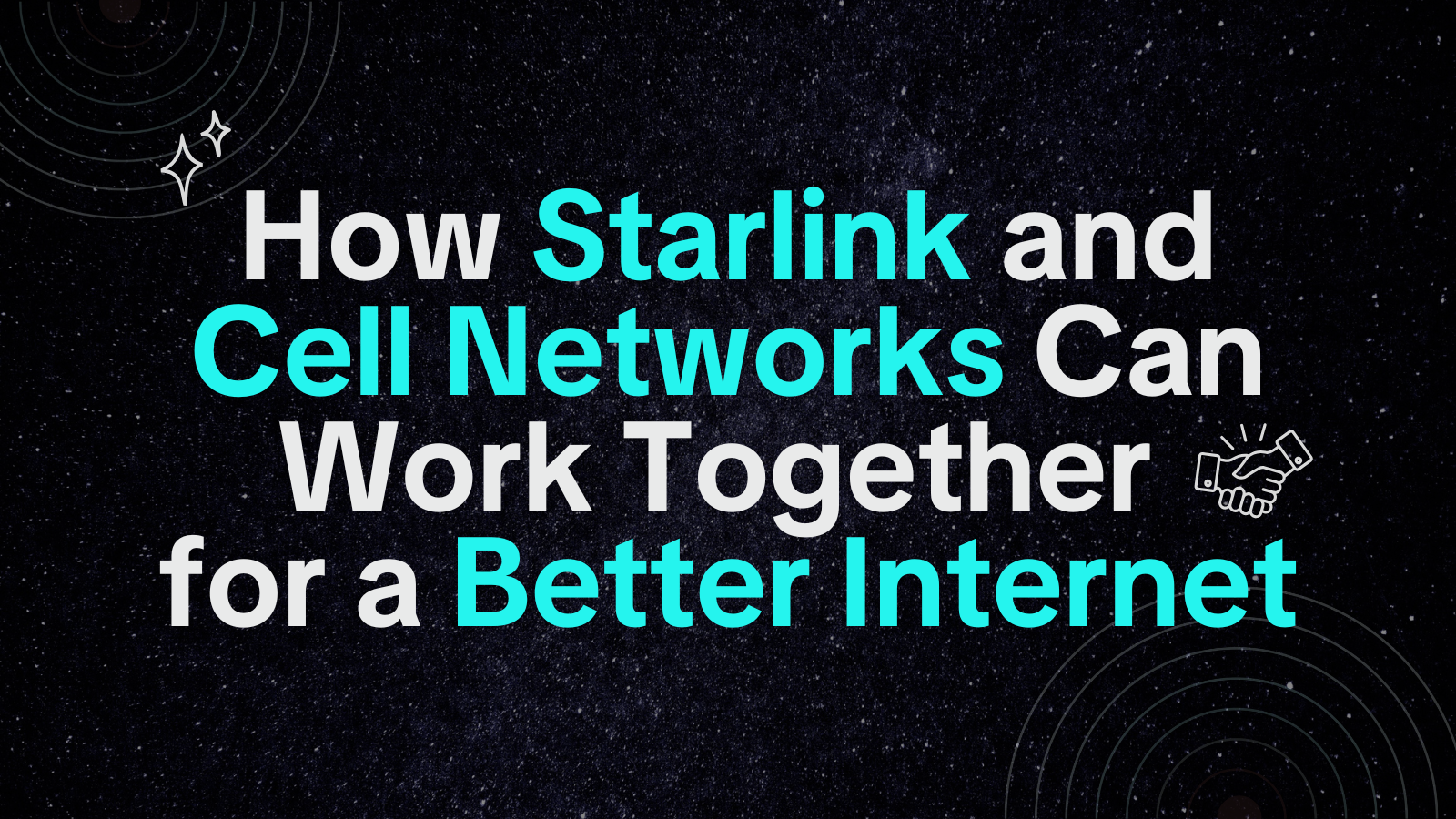InfiniEdge AI 1.1: Pushing the Boundaries of Real-Time Edge Intelligence
InfiniEdge AI, an open-source framework for intelligent edge computing, has just released version 1.1, bringing a wave of upgrades that make on-device AI faster, more integrated, and easier to use than ever. InfiniEdge AI’s mission is to simplify the deployment of efficient, low-latency AI models on resource-constrained devices, and this update delivers on that promise with significant performance optimizations, seamless new integrations, and even a TikTok Live demo showcasing its capabilities. In this post, we’ll explore what’s new in InfiniEdge AI 1.1 and how it empowers developers to build smarter, real-time edge applications.
Key nighlights in InfiniEdge AI 1.1
- Enhanced Performance: Optimizations to the core inference engine and edge runtime yield lower latency and higher throughput for AI models running on devices. Even on resource-constrained hardware, neural networks execute faster and more efficiently than before.
- SPEAR & OPEA Integration: InfiniEdge 1.1 now tightly integrates with the SPEAR distributed agent framework and the OPEA enterprise AI platform. This creates a unified edge-to-cloud pipeline, allowing one-click deployment and orchestration of AI workflows that span from edge devices to the cloud.
- Real-Time AI Demo (TikTok Live): A new case study shows InfiniEdge AI powering an interactive agent in a TikTok Live Studio stream. The AI agent can listen to live voice commands and respond instantly on-stream – all processed locally at the edge in real time.
- No-Code Agent Development: InfiniEdge 1.1 connects with a no-code AI development platform, enabling developers (and even non-programmers) to build and deploy AI agents without writing code. This opens the door to multi-agent systems and custom AI experiences running at the edge with minimal effort.
Enhanced edge performance and efficiency
One of the biggest improvements in InfiniEdge 1.1 is its speed and efficiency in running AI on edge devices. The underlying AI inference engine has been finely tuned to reduce processing latency and squeeze more throughput out of the same hardware. An upgraded multi-core execution engine and smarter scheduling mean that even complex neural networks run swiftly on resource-constrained devices. For example, the data pipeline now uses zero-copy serialization (adopting FlatBuffers) instead of heavier protocols—an update that significantly cuts overhead. In practical terms, edge applications like video analytics or sensor processing can respond in real time with lower CPU usage and less heat, important for battery-powered or embedded scenarios.
These performance optimizations bring cloud-like AI capability to local devices. Developers can deploy more demanding models at the edge and trust that InfiniEdge will handle them reliably and efficiently. The end result is an AI platform that can tackle intensive workloads on-site with improved stability and speed. Whether it’s a smart camera doing instant object detection or an AR filter responding to user movements, InfiniEdge 1.1 ensures on-device AI is up to the task.
Unified edge-to-cloud pipeline with SPEAR & OPEA
Release 1.1 makes it far easier to build hybrid AI solutions that leverage both edge and cloud resources. The InfiniEdge AI architecture now integrates deeply with two key projects: SPEAR and OPEA. SPEAR is an InfiniEdge workstream focused on scalable, distributed AI agents, while OPEA (Open Platform for Enterprise AI) provides enterprise-grade AI building blocks and model management tools. In 1.1, these are woven directly into InfiniEdge’s workflow.
What does this mean for developers? In short, you can design a complex AI workflow that spans from edge nodes to cloud servers and deploy it with a single command or click. InfiniEdge AI uses SPEAR to orchestrate AI agents across distributed edge nodes (think of many devices collaborating), and uses OPEA on the cloud side to manage models, versions, and data. The whole process works seamlessly: an AI model might be trained or updated in the cloud, then InfiniEdge can automatically distribute that updated model out to all the edge devices running it. Likewise, data or insights collected at the edge can flow back to cloud analytics effortlessly. InfiniEdge 1.1 essentially erases the friction in edge-cloud synergy—you get a cohesive pipeline where intelligence moves to where it’s needed, without manual integration headaches.
For example, imagine you’re rolling out an AI-driven video moderation system. With InfiniEdge 1.1, you could use OPEA to update your moderation model in the cloud, and SPEAR to push that update to hundreds of cameras running InfiniEdge at the edge—all in one go. The edge devices handle inference locally (flagging inappropriate content in real time), while the cloud collects summary data to further refine the model. Thanks to the new unified pipeline, such a setup is much simpler to implement. Edge-to-cloud deployment is now clearer and more streamlined, letting developers focus on building features rather than managing distribution logistics.
Real-time AI in action with TikTok Live Studio
Nothing demonstrates InfiniEdge AI’s advancements better than seeing it in action. In Release 1.1, one of the most exciting demos involved TikTok Live Studio as a testing ground for real-time edge AI. In collaboration with TikTok’s Live engineering team, the InfiniEdge project deployed an interactive AI agent during a live streaming session—with impressive results.
Here’s what happened: During a TikTok Live stream, an AI agent powered by InfiniEdge AI was set up to listen to voice commands from the host and viewers. For instance, a viewer might say “Show me comments from new users” —and the agent would instantly carry out that action on the live stream. Because InfiniEdge executes AI inference locally (right in the Live Studio environment), the agent could understand the command and respond instantaneously, without needing to send data to a distant server. The low-latency processing is crucial in a live scenario—any delay would be noticeable on stream. With InfiniEdge 1.1 running at the edge, the voice command was processed on-the-fly and the result was seen in the stream in real time, demonstrating true interactive AI.
Behind the scenes, this demo used InfiniEdge’s SPEAR framework to run the agent on an edge node (the Live host’s device or local studio server), while the OPEA integration managed the AI models involved (like the speech recognition and natural language understanding models). The outcome was a smooth, engaging live experience where audience input was handled on-the-spot by AI. This TikTok Live example highlights InfiniEdge AI’s ability to deal with streaming data and user interactions with ultra-low latency. It opens up new possibilities for developers: think live content moderation bots that work instantly on your device, real-time translation or captioning for streams, AR effects that respond to voice or gestures in live video, or interactive live assistants that make streams more engaging. All of this can be built on an edge infrastructure that keeps data local (for privacy) and response times split-second fast.
No-code AI agent development
Another exciting aspect of InfiniEdge AI 1.1 is how it lowers the barrier to creating AI-driven applications. This release integrates with a next-generation AI application platform that offers a no-code environment for building AI agents and chatbots. It allows users to design AI logic through an intuitive interface—configuring an agent’s knowledge base, memory, and multi-step workflows—all without writing any code. Now, with InfiniEdge 1.1, those no-code agents can be deployed and run at the edge effortlessly.
For developers, this means you can prototype and deploy intelligent agents faster than ever. Even if you’re not an AI expert or a programmer, it provides tools to create a personalized AI assistant or workflow. InfiniEdge AI then acts as the powerful runtime that executes these agents on edge hardware (and even coordinates multiple agents across devices). This combination unlocks some potent capabilities. You could have multiple agents working together via InfiniEdge—for example, one agent analyzing camera feeds and another agent handling user queries—collaborating to accomplish a complex task in an IoT environment. Or consider a scenario like a smart home: using its GUI, a developer (or technically savvy end-user) could set up a custom home assistant agent with specific routines and knowledge, then deploy it to a home hub running InfiniEdge. The agent would run locally on the device, benefiting from InfiniEdge’s low-latency inference and offline reliability.
By embracing no-code approach, InfiniEdge AI 1.1 makes AI agent development far more accessible while still leveraging a high-performance edge infrastructure. It bridges the gap between easy creation and powerful deployment. You can quickly bring an AI idea to life, then let InfiniEdge handle the heavy lifting of running it optimally on real-world edge devices. This synergy accelerates experimentation and iteration of AI solutions—from prototype to production in a frictionless workflow.
Looking ahead: Get involved with InfiniEdge AI
InfiniEdge AI 1.1 marks a significant step forward in open-source edge intelligence. Its performance and integration enhancements not only improve what’s possible today, but also lay the groundwork for future innovations (imagine federated learning across edge devices, broader hardware acceleration support, and more). As an LF Edge project under the Linux Foundation, InfiniEdge AI thrives on community collaboration. We invite developers, data scientists, and edge enthusiasts to be a part of this journey and help shape what comes next.
Ready to dive in? You can access the InfiniEdge AI 1.1 code and documentation on the official project site. Try out the new release and build something amazing with its edge AI capabilities—whether it’s an interactive live streaming app, a smart IoT service, or a fleet of collaborative AI agents. We encourage you to share your feedback and ideas with the community. Join the discussion on our mailing lists and Slack channels, and keep an eye out for upcoming community calls where we’ll explore these features deeper and brainstorm new use cases.
InfiniEdge AI is redefining what’s possible at the edge. With Release 1.1, we’re making real-time, intelligent edge computing more powerful and more accessible than ever. Check out the project, get involved, and let’s shape the future of edge AI together!
Read the InfiniEdge AI 1.1 release notes.



 Want to stay in the loop?Subscribe to our mailing list to be the first to know about future blog posts!
Want to stay in the loop?Subscribe to our mailing list to be the first to know about future blog posts!